The process of pregnancy for 9 months and 10 days is a special process that requires great care. Every month, the fetus in the womb undergoes certain changes. Let’s learn more about the journey of baby’s development in the womb to protect and care for your beloved child
1 The journey of fetal development in 9 months
Each baby goes through 3 main stages of development: embryo, fetus, and baby, specifically:
- Embryo stage: starts when the sperm and egg combine.
- Fetal stage: after the embryo stage and lasts for about 6 weeks.
- Baby stage: starts after the fetal stage and lasts until the baby is born.
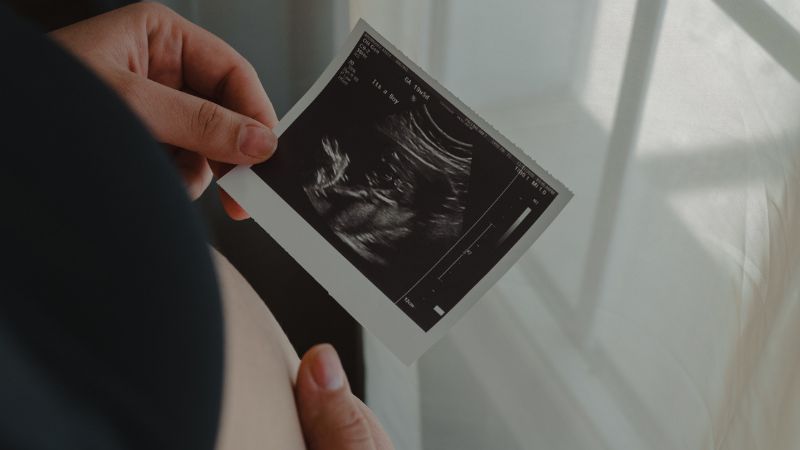 The journey of fetal development in 9 months
The journey of fetal development in 9 months
2 Development of the fetus month by month
First month of pregnancy
First, the fertilized egg will implant in the uterine lining, and the amniotic sac develops inside the uterus. At this point, the placenta has formed to provide nutrients for the baby’s development.
In the first month of pregnancy, nutrition is crucial and should be supplemented, especially in the first 3 months of pregnancy.
Second month of pregnancy
In the second month of pregnancy, the baby’s face starts to form and develop, and the limbs begin to develop. Meanwhile, organs such as the brain, digestive system, and senses also develop.
The cartilage in the fetus will gradually be replaced by bones, and by the end of the second month, the baby is about 2.54 cm long. During an ultrasound at 6 weeks, you can hear the baby’s heartbeat.
In the second month, it is important to supplement important nutrients for the baby’s health.
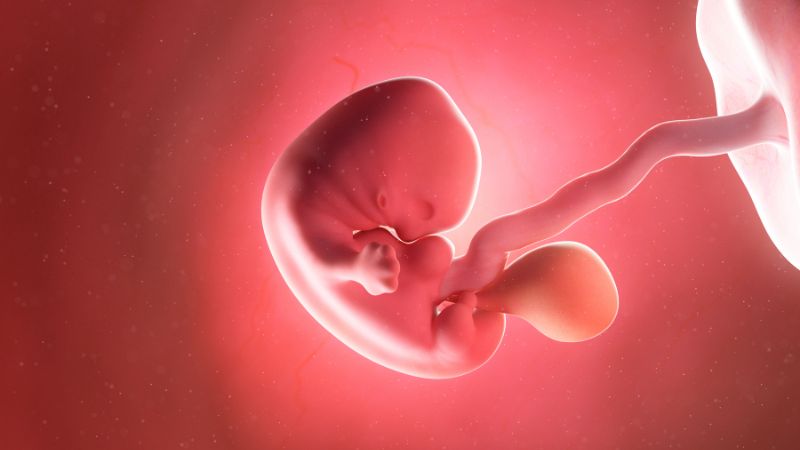 Development of the fetus month by month
Development of the fetus month by month
Third month of pregnancy
In the third month of pregnancy, the hands, feet, and fingers of the baby are developing, and the toenails and fingernails start to form. Teeth and outer ears begin to develop.
At this stage, the reproductive organs of the baby start to form, making it difficult to determine the gender through ultrasound. By the end of the third month, the organs and limbs are almost complete.
The baby weighs about 31g and is about 5.04cm long in the third month of pregnancy.
Fourth month of pregnancy
In the fourth month of pregnancy, the baby’s fingernails, hair, eyelashes, and eyelids have developed further, and you can hear the heartbeat through. The baby can yawn, stretch, and make some limited movements.
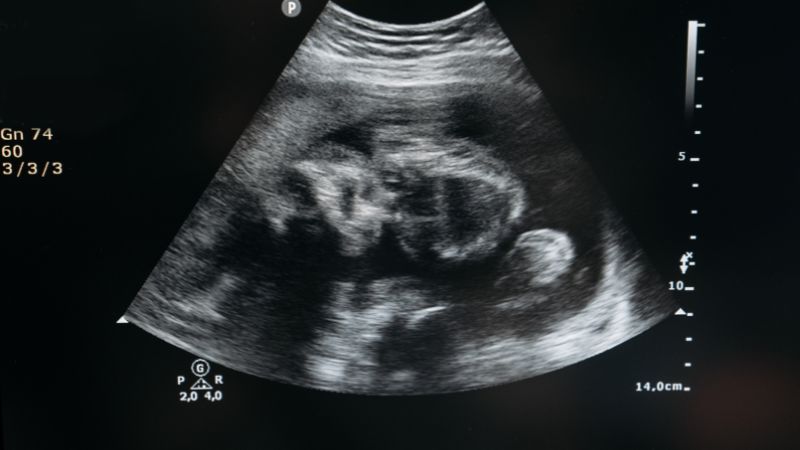 Fourth month of pregnancy
Fourth month of pregnancy
During this month, you can now observe the reproductive organs and determine the baby’s gender through ultrasound. Moreover, you can also see the baby sucking their fingers, stretching, and yawning with an adorable face.
At the end of the fourth month, the baby usually weighs about 28.35g and is about 15.24cm long.
Fifth month of pregnancy
In the fifth month of pregnancy, the baby is more active, measuring about 25.4cm in length and weighing between 200-500g. The baby has more hair and may have a thin layer of fur on the body.
In addition, the baby’s outer skin is covered with a sticky substance called vernix caseosa, which protects the body from contact with amniotic fluid, and this layer will shed when the baby is born.
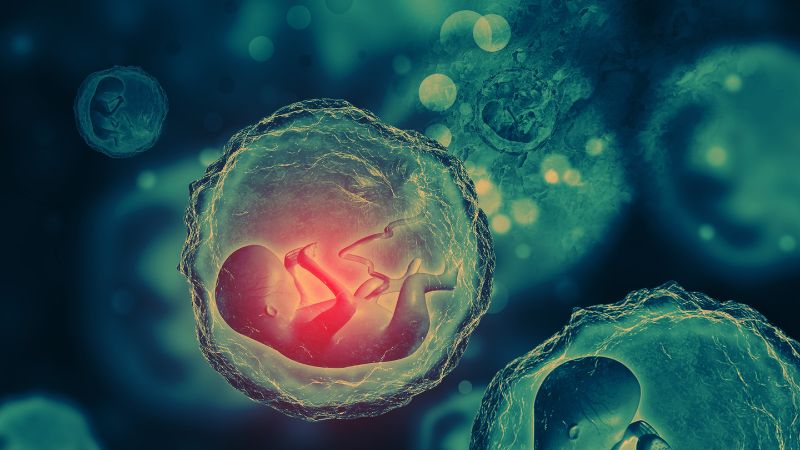 Fifth month of pregnancy
Fifth month of pregnancy
Sixth month of pregnancy
Entering the sixth month, the baby’s skin is still translucent, slightly red, and wrinkled, fingerprints, toe, and limb development are actively taking place, and the eyelid has begun to open.
The baby can now react to external stimuli such as sound, light, movement, and pain.
Seventh month of pregnancy
The fetus begins to develop a layer of fat, and the amount of amniotic fluid begins to decrease. The baby’s hearing is fully developed, so it will respond strongly to stimuli such as sound, light, movement, and pain.
By the end of the seventh month, the baby is about 35.56cm long and can weigh between 900-1800g, and even if born prematurely after 27 weeks, the baby has a high survival rate.
 Seventh month of pregnancy
Seventh month of pregnancy
Eighth month of pregnancy
In the eighth month of pregnancy, the baby can see and kick more. The organs are almost fully developed, except for the lungs which are still maturing. At this point, the baby is about 45.72cm long and can weigh about 2.2kg.
Ninth month of pregnancy
At this point, the baby’s lungs are fully developed, preparing for birth. The baby has good reflexes to activities such as blinking, turning the head, and grasping hands.
The 9-month-old baby starts to move head down closer to the birth canal to prepare for delivery. A 9-month-old baby is usually about 45-50cm long and weighs at least 3kg.
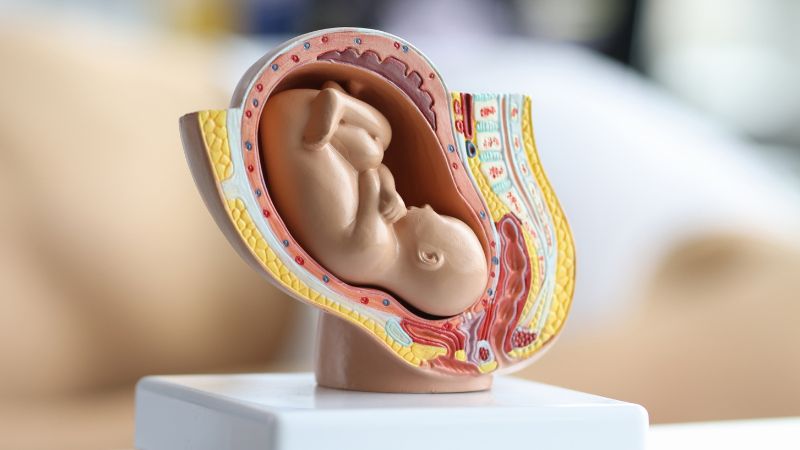 Ninth month of pregnancy
Ninth month of pregnancy
Above are some information about the journey of baby’s development during the 9-month pregnancy for your reference. Hopefully, these insights will help you understand more about the baby’s development month by month!
Source: Marrybaby.vn






































